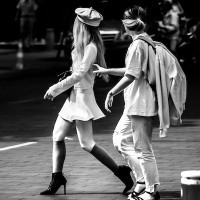imacon Precision II or Nikon 9000ED
-
Recently Browsing 0 members
- No registered users viewing this page.
-
Similar Content
-
- 14 replies
- 425 views
-
- 2 replies
- 509 views
-
- 2 replies
- 427 views
-
- 8 replies
- 6,492 views
-
- 2 replies
- 482 views
-


.thumb.jpg.f9d155d7f5297e1431b1f6e1d76f5df6.jpg)
Recommended Posts
Join the conversation
You can post now and register later. If you have an account, sign in now to post with your account.
Note: Your post will require moderator approval before it will be visible.